Why Traditional Advertising Still Matters Today?
In a digital world, all of which envelops our every waking moment with screens, it can be easy to forget the appeal of the palpable, the lasting, and the recognizable. One might think of flipping through glossy pages in a magazine, glimpsing a magnificent billboard on one’s daily route, or catching a jingle on the radio that one carries in one’s head for hours. Such moments where connections are possible transcend time, blending and merging together with a thread of nostalgia and trust that links generations. Before taking off into the mechanics of how businesses touch their audience today, let’s step back and appreciate the ways that endure, forming the foundation of it all.
Understanding traditional advertising
Traditional advertising would essentially mean the tried-and-true ways of reaching audiences for the past decades. Those methods rely on the use of channels for advertising products and services offline in the form of newspapers, television, radio, billboards, or direct mail. It is the buzzword of the 21st century, that is, digital advertising, but traditional advertising is not forgotten-it forms a basic and fundamental part of the marketing mix, offering several unique advantages and a sense of authenticity that is so lacking in digital campaigns.
Traditional Advertising vs. Digital Advertising : Though both traditional and digital advertising aim for essentially the same thing-that is, bring businesses closer to their audiences-their ways are quite different. Now let’s learn about some of the main differences:
Reach and Targeting
Traditional Advertising: Reaches an enormous audience via mass media such as television, radio, and newspapers. Prime-time television commercials may get millions, but they are not really targeting any individual specific preference.
Digital Advertising: Gives the capability for precise targeting through demographics, interest, and even behavior. For example, ads on a social media can be shown to individuals based on history and preferences by the users browsing.
Measurability
Traditional Advertising: Measuring the effectiveness of traditional media campaigns is difficult. Readership, viewership, or listenership ratings can give approximations but cannot be as granular as digital analytics can be.
Digital Advertising: Real-time data with very tight granularity gives marketers a right indication about clicks, conversions, and the engagement rates.
Engagement
Traditional Advertising: It engages with audiences through experience and sensory factors. The billboards may evoke visual appeal while the radio advert might be that catchy jingle.
Digital Advertisement: Interactive engagement and click-to-comment-and-share is the emphasis online.
Traditional Marketing Tactics
Print Media : Print media, such as newspapers and magazines, is a tactile means of reaching audiences. Newspapers are locally targeted, and magazines are targeted to specific niches with beautiful designs.
Broadcast Media : Broadcast media uses both visual and audio senses to reach the audience. Television commercials tell strong stories, and radio ads make for great audio experiences while commuting or doing other daily activities.
Outdoor Advertising : Outdoor advertising achieves its visibility by having bold images on the roads, billboards along busy streets and highways, or transit advertisements on buses and trains.
Direct Mail : Direct mail evokes a personal connection with consumers. Postcards, brochures, and catalogs sent directly to the door leave a lasting impression and make them feel appreciated.
Events and Sponsorships : Events and sponsorships establish face-to-face interaction. Launch or sponsorship of an initiative helps build loyalty and strengthens the sense with their target audience.
For this reason, traditional advertising doesn’t seem to fade away with the modernization of the marketing world. It stands to provide credibility, tangibility, and wide reach that digital platforms can’t easily compare to. Business should find ways to better understand these unique strengths and merge it effectively into digital campaigns in order to make more rounded campaigns for a mixed audience.
Advertising, of course, doesn’t mean letting go of the old for the new. Rather, it is blending the best of both worlds together. For one, the art of connecting with the audience is still the same as that between a printed page and a digital screen-unchanged by time.
Enquiry
Recent Updates
- 12 February 2025
- 12 February 2025
- 12 February 2025
- 12 February 2025
- 12 February 2025
- 12 February 2025







